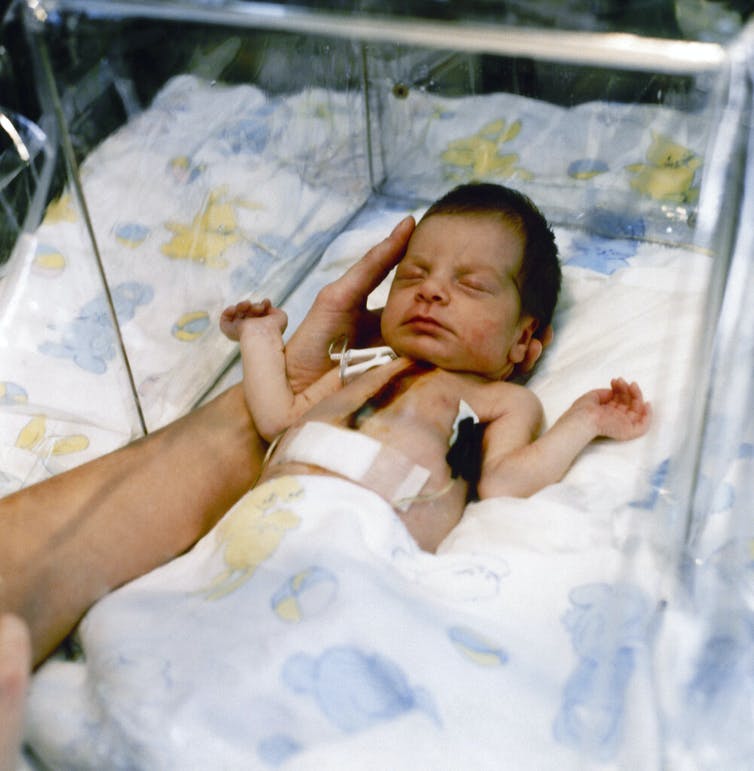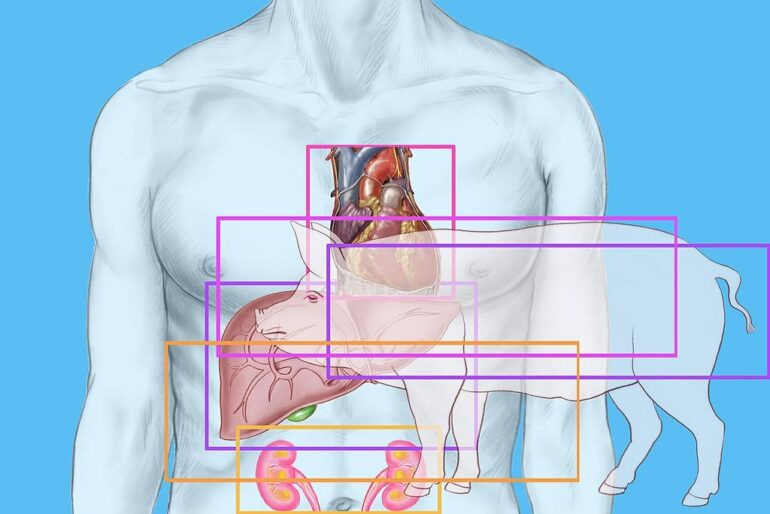Demand for life-saving organ transplantation is at an all-time high. In 2021, a record 41,000-plus organ transplants were performed in the U.S., with top numbers for kidney, liver and heart transplants. But a limited supply of donor organs remains an ongoing problem. Currently over 100,000 people are on the transplant wait list in the U.S., and many more are unable to get on the list because of strict eligibility requirements and racial disparities in access.
As a cardiac transplant surgeon, I have personally witnessed the tragedy of this shortage of donor organs. But I have also seen the potential of one possible solution to this problem: xenotransplantation, or transplanting animal organs into human beings.
In September 2021, researchers successfully transplanted two genetically engineered pig kidneys into a brain-dead patient. And in January 2022, I was part of the surgical team that conducted the first pig-to-human heart transplant in a living patient. Recent news about the patient’s death two months after the procedure is sobering, but researchers like me remain optimistic. While much work still needs to be done, these successes point to how far science has come toward making animal-to-human transplants a viable treatment possibility.
The man who received the first pig heart transplant died on March 8, 2022, two months after the procedure.
Early attempts
While animal-to-human transplants have attracted considerable attention recently, many attempts have been made to transplant animal cells, tissues and organs into humans over the past 60 years, with varying degrees of success.
In the 1960s, kidney transplantation was not broadly practiced because of a lack of donor organs. Ethical and legal concerns made it difficult to obtain live donors, and organs collected from deceased donors did not meet much success.
So a surgeon named Keith Reemtsma performed a series of 12 kidney transplants using chimpanzees as donors. While most of the transplanted organs – and thus the human patients – survived for only a few weeks, one of the patients survived for nine months. Infection was the major issue in half of the patients, while irreversible organ rejection occurred in the other half.
Thomas Starzl is another surgeon who attempted animal-to-human organ transplants. He performed a similar series of kidney transplants around the same time as Reemtsma using baboons as donors, with the organs surviving up to two months. He’s most known for his liver transplants, with three attempts using chimpanzee livers from 1966 to 1974 that lasted from 24 hours to less than 14 days. In the early 1990s, his two baboon liver transplants lasted for 26 and 70 days. While one of the baboon livers functioned well, the patient ultimately died from overwhelming infection.

